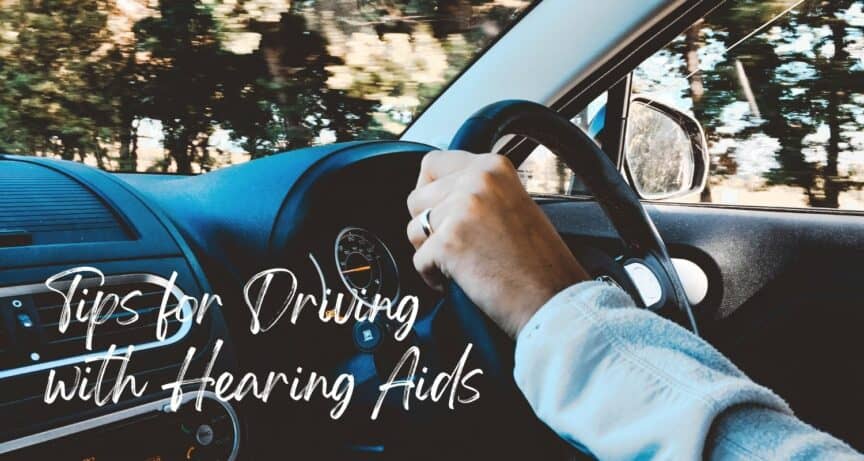
Tips for Driving with Hearing Aids
When you get your new hearing aids, you might be eager to get out and use them right away. Indeed, your aids will be able to help you in a variety of settings once you become acclimated to what they can do. Although your aids can be a safe tool for driving, it might take some time to adjust to them before you’re ready to take them on the road. The sounds you hear while driving can be jarring and even dangerous when you have new hearing amplification. The following are some safety considerations for adjusting to your hearing aids on the road and for safe driving while you wear them.
Adjust Slowly
Despite the impulse to wear your hearing aids out of your fitting appointment and to wear them home, your hearing health professional will advise you to take a slower approach to adjust to your aids. When you insert hearing aids for the first time, they don’t work like eyeglasses immediately bringing the world into sharp focus. Instead, they might bring out sounds that you hadn’t noticed for years, and that new sonic landscape can be surprising. Rather than wearing your hearing aids while driving home, it is wise to slowly adjust to them at home in a safe setting.
In the quiet of your home, try wearing your hearing aids for a limited amount of time. At first, you might be overwhelmed by the sounds of fans, motors, and HVAC in your home, as well as traffic outside and birds and voices nearby. It won’t take long to become accustomed to this new range of sounds, but you should allow yourself some time to adjust before wearing hearing aids while driving. The next step will be to wear hearing aids out in public places like grocery stores or walking through town. Once you have used your hearing aids in a variety of settings, you will be ready to take them on the road.
Driving Safety
The first time you wear your hearing aids while driving, you might want to begin with a quiet country road or side street, if possible. You will be newly aware of sounds inside and outside the car, so begin with the radio off and a quiet companion who understands your process. Make sure that you don’t have any physical limitations that could compound the process, such as neck stiffness, inadvisable medication, or vision issues. You will want to be in top shape for driving when you try out your aids. The first time you hear a siren from an emergency vehicle, it can be quite surprising, so brace yourself for that inevitable event. When you are ready, you can take your car on the freeway, noticing how much louder the sound of the road and vehicle are with hearing aids in place. Only after you have used your aids for multiple drives should you attempt to play music while driving or to carry on a conversation while driving. Children and pets can be very loud in the car, so you might need to enforce some boundaries about noise levels while driving. Finally, be sure to keep your hearing aids charged or with sufficient battery life while driving. You won’t want your aids to lose power during a drive, and you certainly shouldn’t try to remove them while driving.
Hearing Aid Settings
Many of the latest hearing aids are equipped with Bluetooth functionality that can connect to an app on your smartphone. This app allows you to change settings for different contexts. One of the benefits is the ability to bring up certain sounds while limiting others, often listed as an equalizer or “EQ” setting. Many people find while driving that they prefer to bring down the low frequencies, often those coming from the humming road and motor of the car. Although you shouldn’t adjust your aids while driving, you can make adjustments after your trip and save those settings for future use. With this feature, you can simply tap your “driving” setting and pull up a sound profile that is comfortable for the road. Making the most of your hearing aids means finding a way to use them in a variety of settings, and you should have no problem driving with them after a little time for adjustment.
